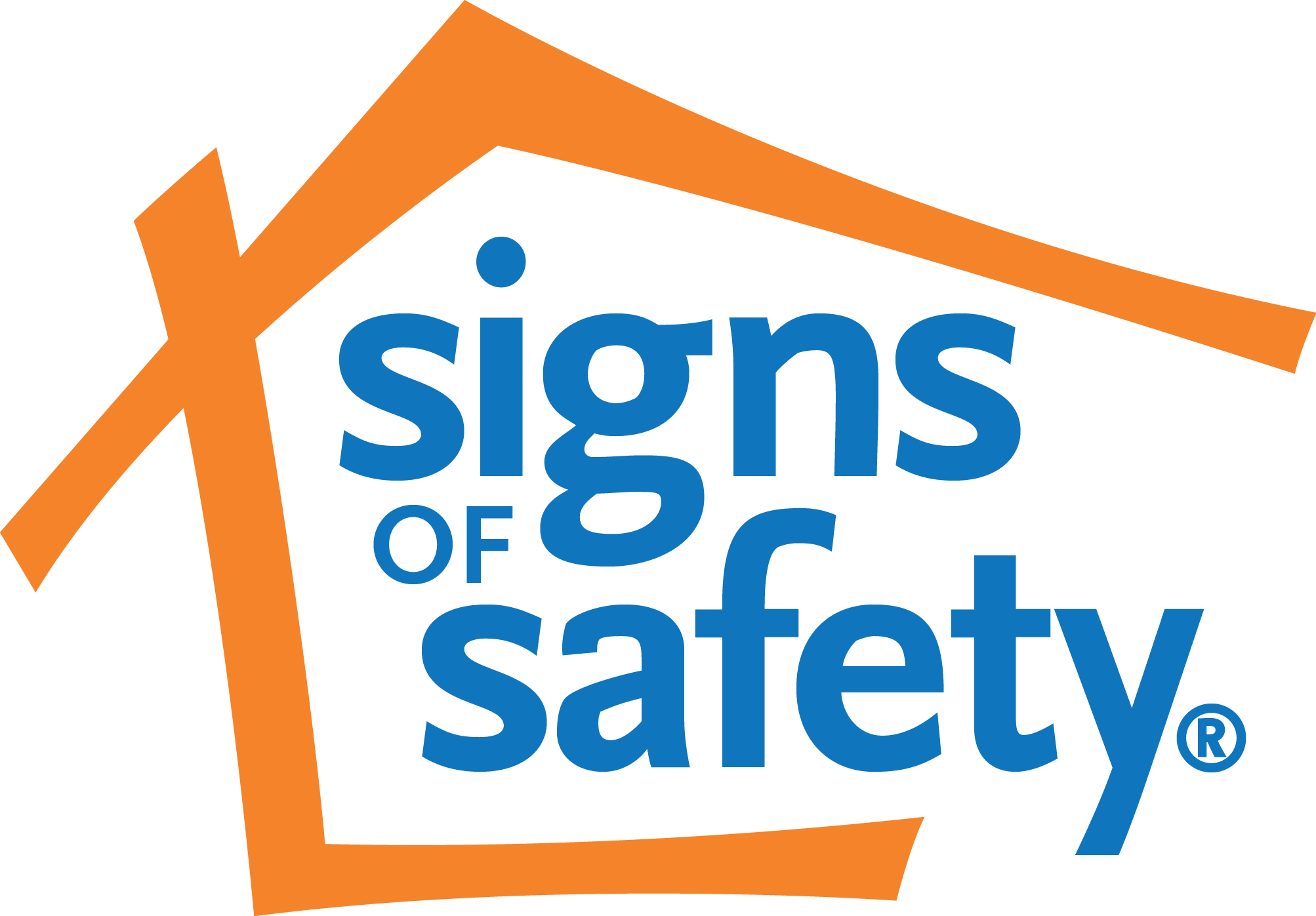The past few months have seen a range of publications about the Signs of Safety, exploring safety planning and research of the approach:
Child Care in Practice
Lwin, K. Versanov, A., Cheung, C., Goodman, D. and Andrews, N. (2014). The use of mapping in child welfare investigations: a strength-based hybrid intervention, Child Care in Practice 20(1): 81-97.
This paper describes the use of the Signs of Safety in investigation teams at Toronto Children’s Aid Society. The study found the use of the Signs of Safety assessment mapping process together with families reduced caseworker time, reduced the number of investigations and increased case closure rates compared to the other teams in the agency and broader Ontario province averages.
Children and Youth Services Review
Keddell, E. (2014). Theorising the signs of safety approach to child protection social work: positioning, codes and power. Children and Youth Services Review doi: 10.1016/j.childyouth.2014.03.011
This paper, available at http://dx.doi.org/10.1016/j.childyouth.2014.03.011, explores safety planning and parental involvement in the New Zealand agency Open Home Foundation.
Københavns Kommune
Holmgård Sørensen, T. (2013), When parents and network create safety for the child – an evaluation of “safety plans” as part of working with children at risk in department of social services city of Copenhagen. Socialforvaltnin-gen, Københavns Kommune.
This study looked at a cohort of 66 cases finding that through the safety planning work, placement of children has been reduced by almost 50% compared to equivalent cases and that it has contributed to significantly reduced professional involvement. Full report available here.
Sacramento
Since 2006, Sacramento County Child Protective Services (SCCPS) have been working with Casey Family Programs to tackle and reduce the rate of African American children entering foster care. In this period SCCPS decreased the rate of African American children entering foster care by an impressive 53 percent. In comparison, the statewide decrease for those same years was 5 percent (Casey Family Programs, 2014). The full paper here.
This was achieved in tandem through a systematic programme to achieve reductions in foster care entry rates across all cases. The outcomes were achieved by:
- Creating a theory of change to reduce entry rate of children and then implementing that logic model
- Explicitly analysing disproportionality of African American children in care
- Implementation and integration of both the Signs of Safety and SDM.
British Journal of Social Work
Appleton, J., Terlektsi, E. and Coombes, L. (2014). Implementing the strengthening families approach to child protection conferences. British Journal of Social Work 1–20.
Jane Appleton recently completed a research review of the implementation of the Strengthening Families Conferencing approach — a conferencing approach that utilises the Signs of Safety framework as its key organising mechanism.
